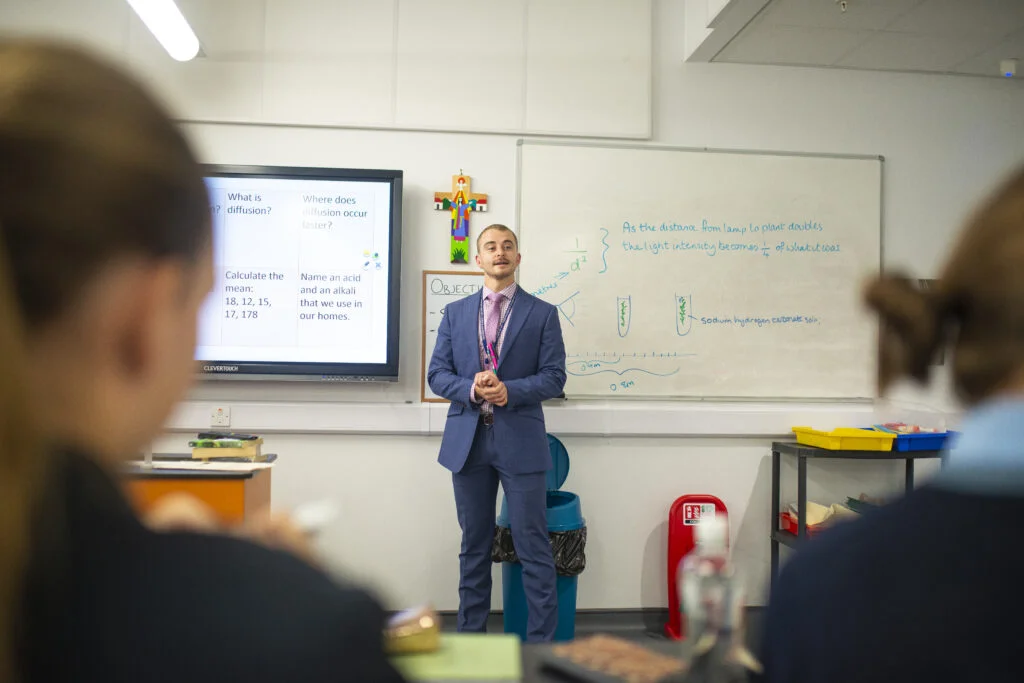Essentially, there are two kinds of training: university-led and school-led. School-led providers are often referred to as SCITTs (School Centred Initial Teacher Training). All ITT courses involve placements in schools to gain teaching experience.
QTS stands for Qualified Teacher Status. To gain QTS you need to demonstrate that you have met the Teachers’ Standards. If you have QTS you can teach in any state school in England, Wales or Northern Ireland. Different qualifications are required to teach in Scotland.
PGCE stands for Postgraduate Certificate of Education. It is an academic qualification which usually takes around 9 months to complete. It provides a grounding in the theory, research and practice of teaching and learning. It will usually involve attending university sessions and the submission of assignments. A PGCE doesn’t qualify you to teach on its own, so you would need to gain QTS alongside it to work as a qualified teacher.
Most teacher training courses enable you to complete a PGCE and to gain QTS at the same time, whilst some courses will only enable you to gain QTS. Have a look at the details of the teacher training courses you are interested in to find out whether they offer the opportunity to complete a PGCE alongside QTS. You can obtain a PGCE after QTS if you would like to – there is no requirement to do both at the same time.
EYITT stands for Early Years Initial Teacher Training. It qualifies you to teach in an Early Years setting such as a nursery, or in a school reception class. It does not qualify you to teach older primary school pupils.
You will need to apply via the DfE Apply website: Apply for teacher training – GOV.UK (www.gov.uk) Make sure you check that your referees are happy to provide a reference and that they will be able to reply promptly when asked for a reference. Applications are often held up because referees are slow to provide references.
You no longer have to pass the professional skills tests, however, some teacher training providers conduct their own literacy and numeracy tests as part of the recruitment process.
It is a good idea to gain some experience in a school before starting the course, if you possibly can. You should approach a school directly and ask if you can shadow a teacher/subject/pupil.
Candidates for Initial Teacher Training Education are required to present evidence of their qualifications as listed below:
• A degree in any subject (the classification required varies from provider to provider – check with your preferred provider)
• Maths and English grade C /4 or above at GCSE or the equivalent (see below for equivalencies)
• Science grade C/4 or abo
You could take a Subject Knowledge Enhancement (SKE) course, if:
• your degree wasn’t in your chosen subject, but is closely related
• you studied the subject at A level, but not at university
• you have relevant professional experience, and an SKE course would show you how to apply that to the curriculum and your teaching
• you would benefit from a short refresher course in your chosen subject
Details of SKE course providers can be found here on the Get into Teaching website.
NB: if you have a joint honours degree, you can train to teach in either of the subjects in your degree name.









